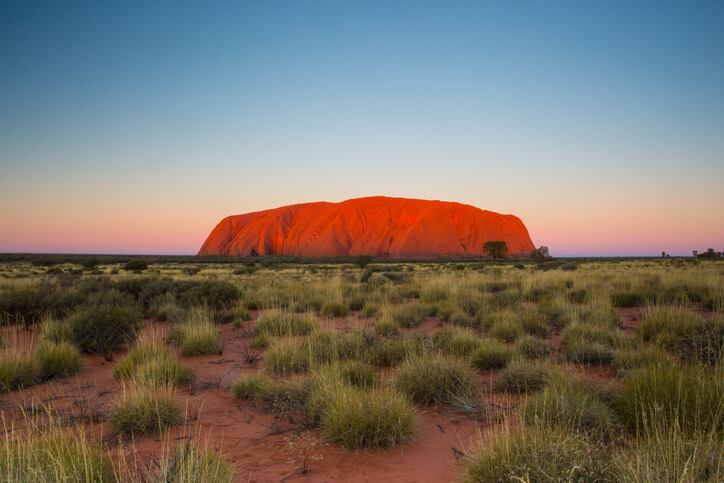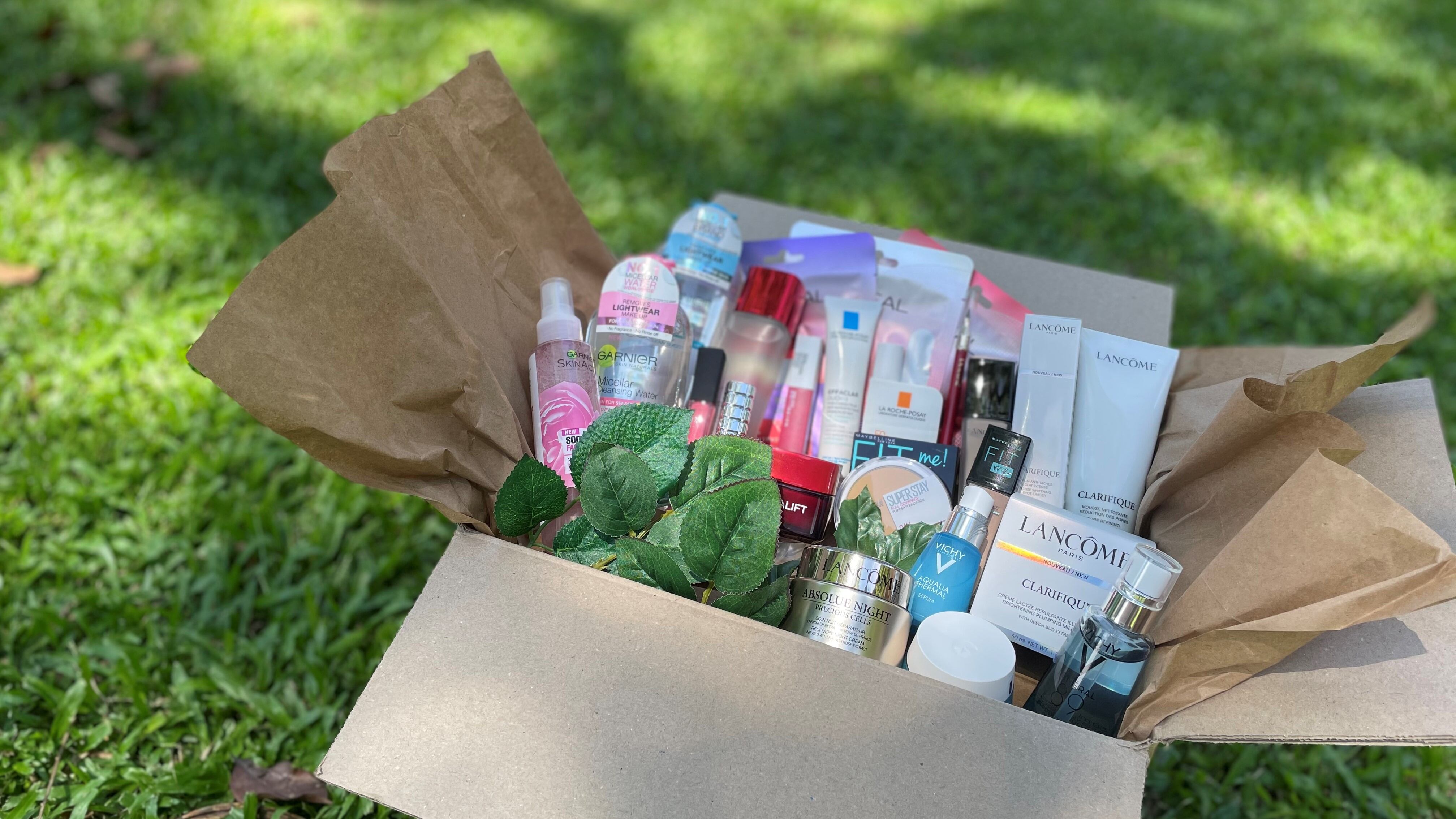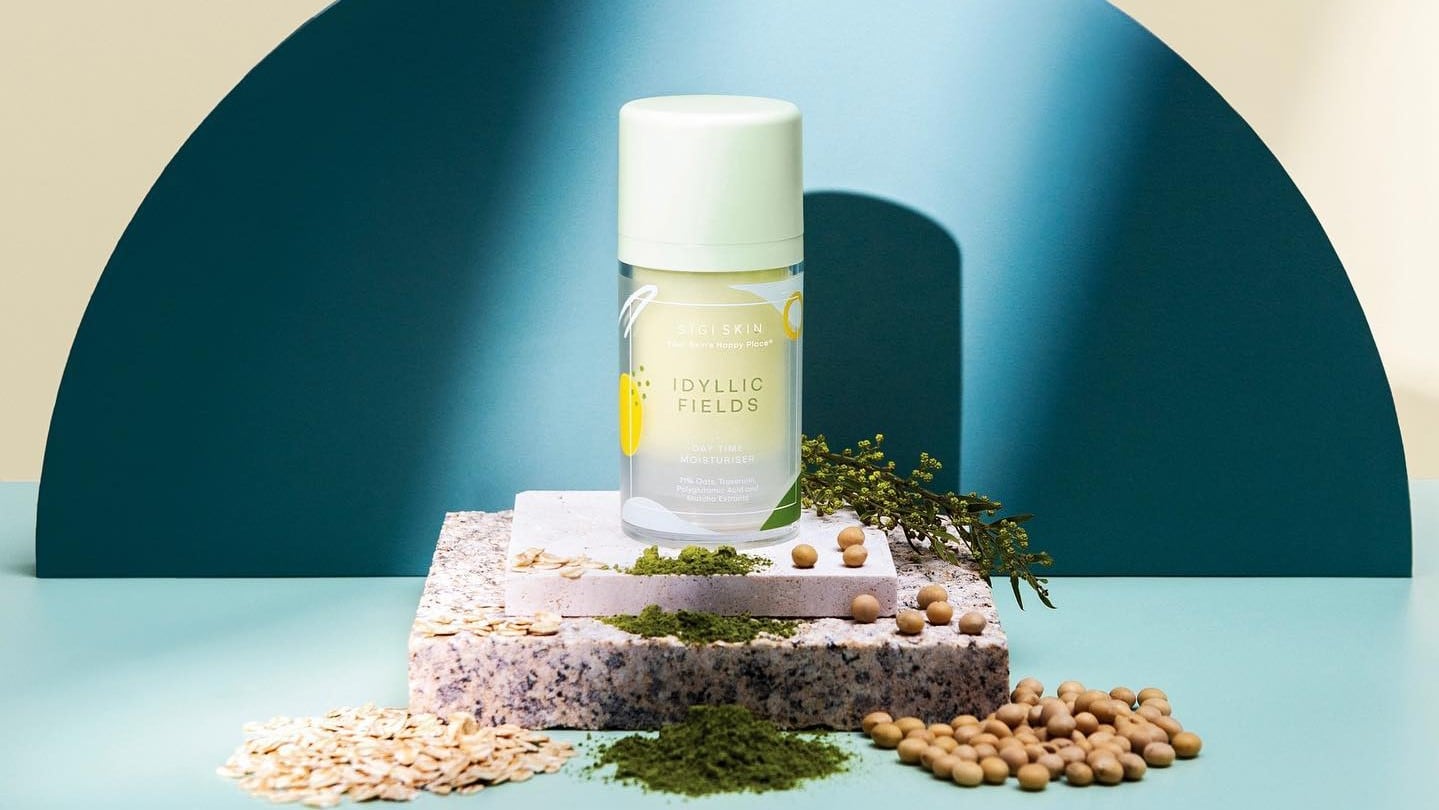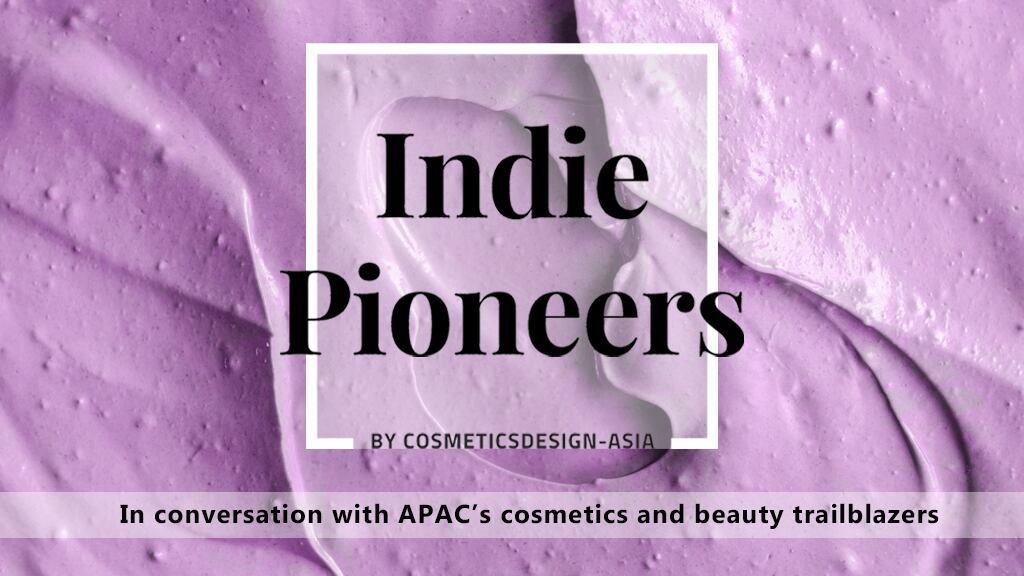Native Extracts is an Australian ingredient supplier that claims to have the largest library of native botanical extracts.
In the past few years, the company has observed a huge demand for Australian-made cosmetic products, also known as A-beauty.
The firm believes that the demand for A-beauty will continue on an upward trajectory on the back of clean beauty and increasing interest in native extracts.
Lisa Carroll, director of Native Extracts, is hopeful that this trend will emphasise the importance of First Nations communities, who are the keepers of knowledge on native plant species.
Carroll told CosmeticsDesign-Asia that she strongly believes that the cosmetics industry can play a huge role in preserving the culture and traditions of First Nations communities around the world.
“I truly believe that the cosmetics industry, because of the reach it has, is an incredible platform to tell the stories of First Nations people – whether they are here in Australia, Brazil… Cosmetics will give them a platform and a voice they have never had before.”
According to Carroll, many of these communities depend solely on the bushfood industry for survival, which has proven to be unstable for many of them.
Unfortunately, the COVID-19 pandemic and the impact on Australia’s food industry exacerbated businesses and many of them found themselves stuck with unsold harvests in 2020.
By working more with native growers, cosmetic companies can empower them to tap into new opportunities in new markets.
“They will have a seat at the table to commercialise their products. That is going to save ancient culture, ancient language – this is important because when we lose language, we lose knowledge.”
The loss of knowledge is already happening at a rapid pace as the cottage industries are unable to properly support themselves and their people.
“The young people [of First Nation communities] haven’t been able to sustain a lifestyle or a career. Then they have to leave their homes — because we have to remember that all these places are incredibly remote. When they leave, the transfer of knowledge stops.”
The big picture
Losing this knowledge of native botanicals would ultimately impact not just its people, but the environment as a whole.
Without the traditions and know-how, Carroll fears the extinction of native plants, which are hugely important to a healthy ecosystem. “In Australia, a lot of our plant species need to be birthed back so we don’t end up with monoculture farming, which leeches the soil.”
Furthermore, struggling growers and their land are constantly threatened by other industries such as logging.
“Kakadu plum growers are a good example; when they are doing a good job and able to sustain a business with global demand for their product, we’re creating additional value for their land. So, when destructive loggers come for their land, they can choose to say no.”
She added: “The more we can have this planet growing plants in the wild where it’s biodiverse and not a monoculture, then we have the bees back and it goes on… We’re looking at the big picture, everything is interconnected.”
Charity doesn’t count
Carroll firmly believes that cosmetic companies need to take transformative action instead of treating First Nations communities as charity cases.
“The charity model is no good for anybody because it’s not empowering. It's not self-determining for the people that are the receiving the charity, and their future is still connected to whatever the charity model is.”
She emphasised: “The First Nation people need support, but in a respectful way – a business-to-business way. They are not a charity that needs to be told what to do and how to look after their land.”
Furthermore, Carroll believes that today’s consumers are becoming more discerning about the philanthropic efforts of brands.
“When a brand says if you buy this, we’ll give 5% to charity, the consumer today is smart enough to ask: oh, I have to buy something before you do something good?”
She added that it was no longer enough for brands to be conscious and that consumers are looking for brands that had a “transformative purpose”.
“The consumer buying behaviour today is very different because over 50% of them are Gen Zs. They want to know the ‘why’ behind the brand.”
The firm has helped its clients connect with indigenous growers by, for instance, sponsoring a native garden to support the expansion of the primary industry.
“With all that money you’re going to spend on marketing, why not engage with these communities? Find out what they need, it could be more freezers to stock the harvest or more sheds. When a brand invests like that, they get access to the story – and that will be the truth.”
The company’s ambitions do not stop there and aim to help indigenous communities all around the world, said Carroll.
“If we can do that here in Australia and create markets that didn’t exist for our First Nation people, we can take our approach, our protocols and our technology and do similar things anywhere in the world so we don’t lose this knowledge.”





